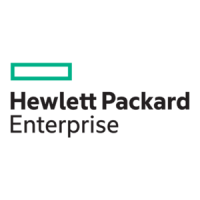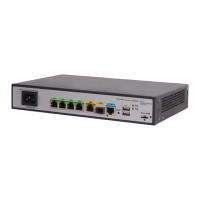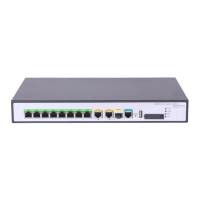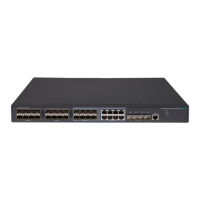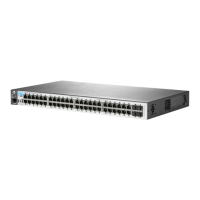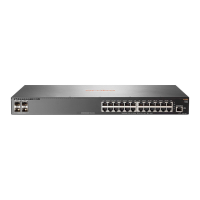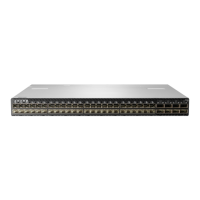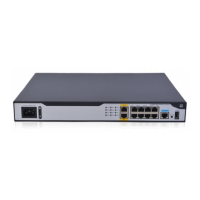181
Usage guidelines
If any device on the path to the NMS does not support packet fragmentation, limit the SNMP packet
size to prevent large-sized packets from being discarded. For most networks, the default value is
sufficient.
Examples
# Set the maximum SNMP packet size to 1024 bytes.
<Sysname> system-view
[Sysname] snmp-agent packet max-size 1024
snmp-agent port
Use snmp-agent port to specify the UDP port for receiving SNMP packets.
Use undo snmp-agent port to restore the default.
Syntax
snmp-agent port port-num
undo snmp-agent port
Default
The device uses UDP port 161 for receiving SNMP packets.
Views
System view
Predefined user roles
network-admin
Parameters
port-num: Specifies the UDP port for receiving SNMP packets, in the range of 1 to 65535. The default
is 161.
Usage guidelines
After changing the port number for receiving SNMP packets, reconnect the device by using the port
number for SNMP get and set operations.
To display UDP port information, use the display current-configuration command.
Examples
# Specify the UDP port for receiving SNMP packets as 5555.
<Sysname> system-view
[Sysname] snmp-agent port 5555
# Restore the default UDP port.
<Sysname> system-view
[Sysname] undo snmp-agent port
snmp-agent remote
Use snmp-agent remote to set the SNMP engine ID for a remote SNMP entity.
Use undo snmp-agent remote to delete a remote SNMP engine ID.
